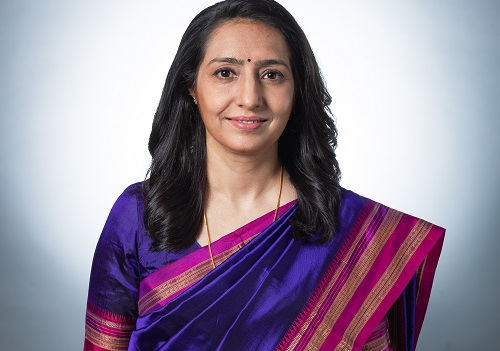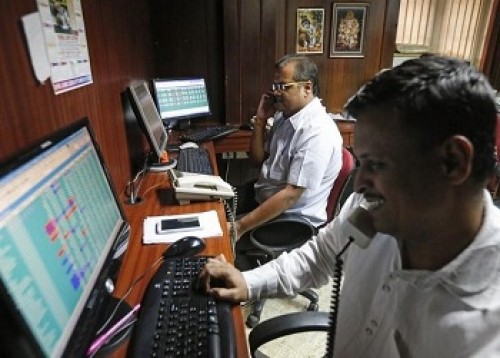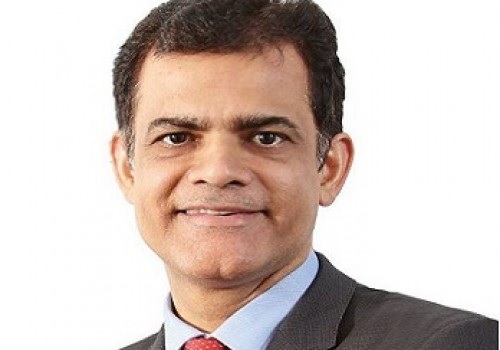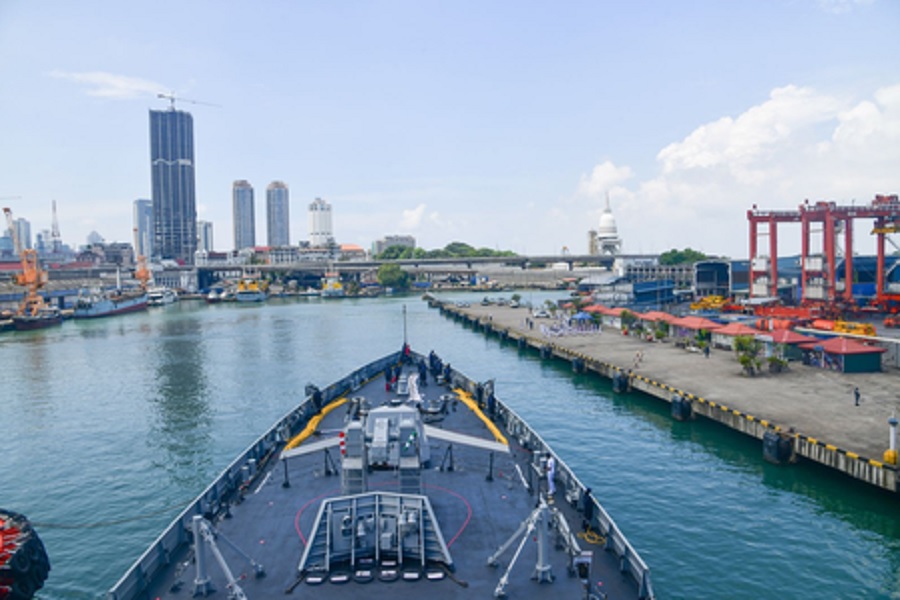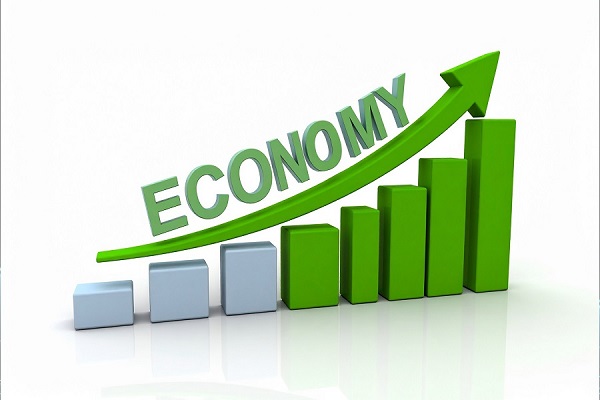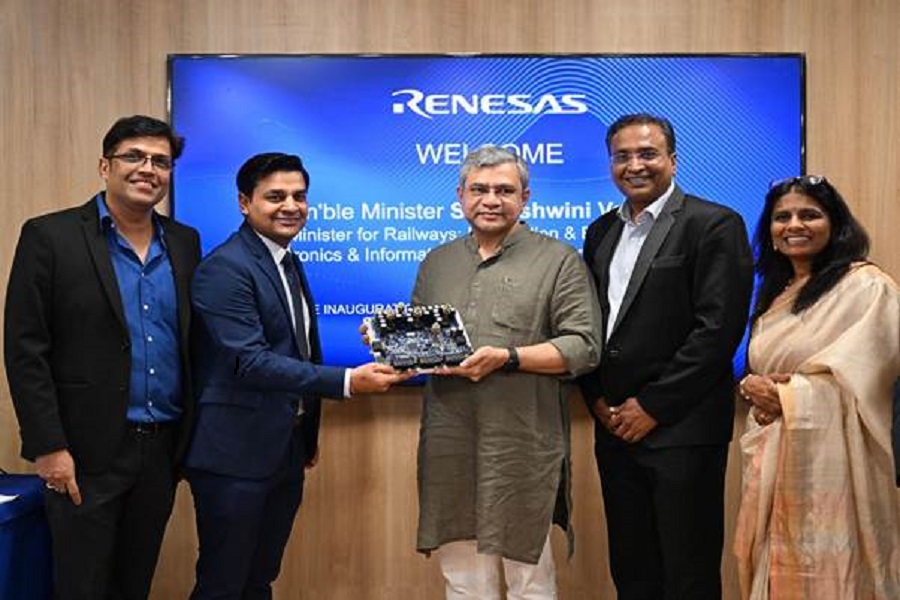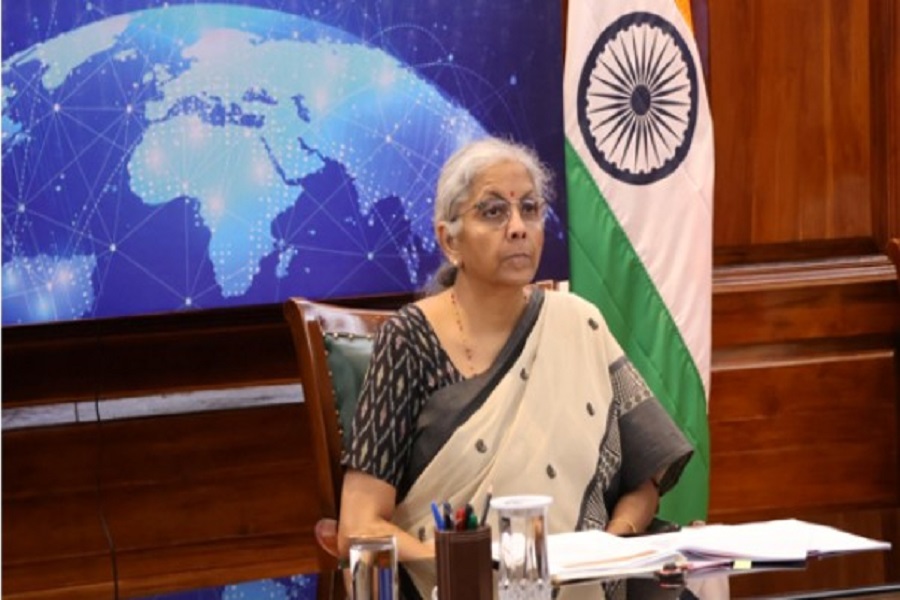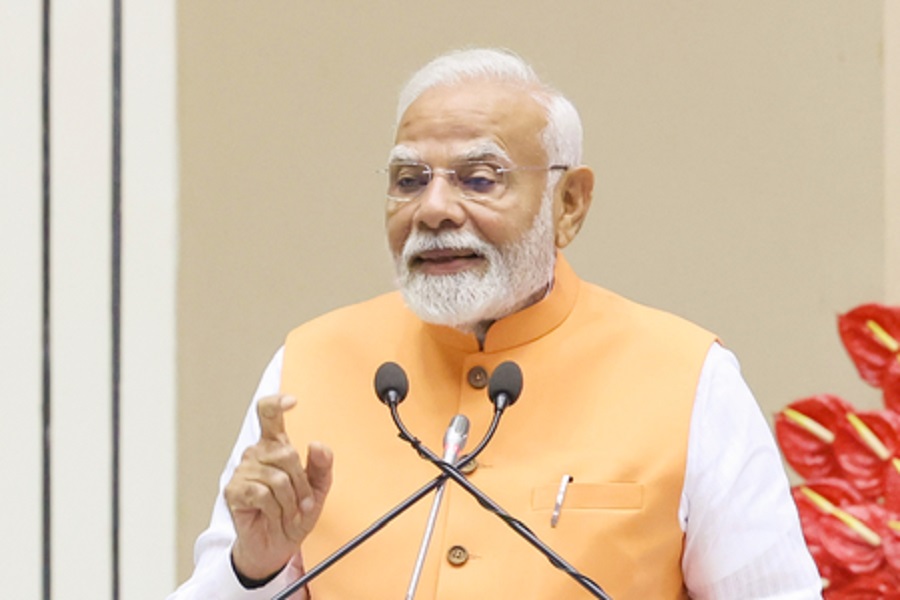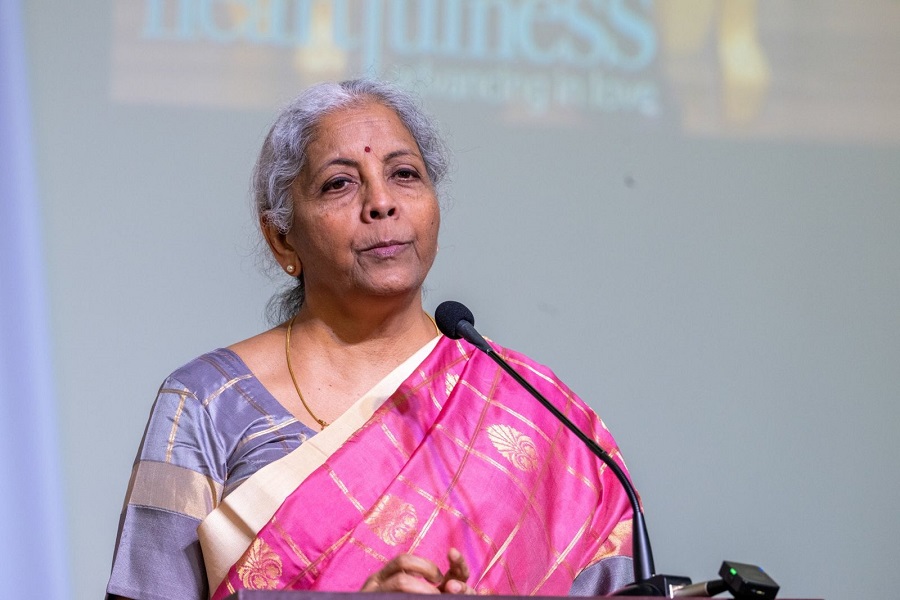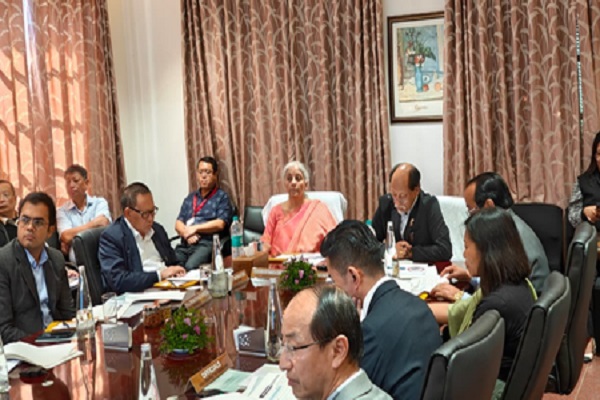India can become $7-tn economy by 2030 if states stay small business-friendly
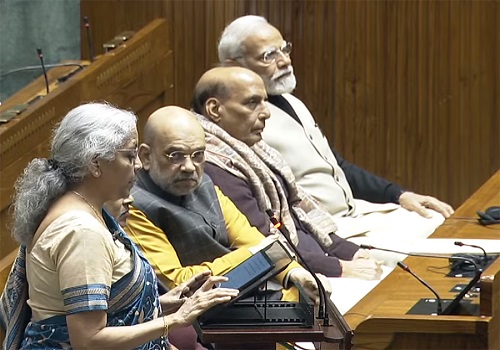
The Finance Ministry said that ten years ago, India was the 10th largest economy in the world, with a GDP of USD 1.9 trillion at current market prices.
“Today, it is the 5th largest with a GDP of USD 3.7 trillion, despite the pandemic and despite inheriting an economy with macro imbalances and a broken financial sector,” a review report of the ministry said.
It said that in the next three years, India is expected to become the third-largest economy in the world, with a GDP of USD 5 trillion.
“The government has, however, set a higher goal of becoming a ‘developed country’ by 2047,” the review report said.
It added that the journey of reforms will continue to achieve this goal and the reforms will be more purposeful and fruitful with the full participation of the state governments.
“The participation of the states will be fuller when reforms encompass changes in governance at the district, block, and village levels, making them citizen-friendly and small business-friendly and in areas such as health, education, land and labour in which states have a big role to play,” the report said.
It said that the strength of the domestic demand has driven the economy to a 7 per cent plus growth rate in the last three years.
“The robustness seen in domestic demand, namely, private consumption and investment, traces its origin to the reforms and measures implemented by the government over the last ten years,” the report said.
It said that the supply side has also been strengthened with investment in infrastructure – physical and digital – and measures that aim to boost manufacturing.
“These have combined to provide an impetus to economic activity in the country. Accordingly, in FY25, real GDP growth will likely be closer to 7 per cent,” the report said.
The review report added that it is eminently possible for the Indian economy to grow in the coming years at a rate above 7 per cent on the strength of the financial sector and other recent and future structural reforms.
“Only the elevated risk of geopolitical conflicts is an area of concern. Priority areas for future reforms include skilling, learning outcomes, health, energy security, reduction in compliance burden for MSMEs, and gender balancing in the labour force,” the report added.
It said that under a reasonable set of assumptions with respect to the inflation differentials and the exchange rate, India can aspire to become a USD 7 trillion economy in the next six to seven years (by 2030).
“Some economists argue, with considerable merit, that not all growth is equal. They are right. It is one thing for India to grow at 8-9 per cent when the world economy is growing at 4 per cent, but it is another thing to grow at or above 7 per cent when the world economy is struggling to grow at 2 per cent,” the report said.
It said that one unit of growth in the latter circumstance is qualitatively superior to the former and the marginal utility of growth in the second scenario is much higher.
“The global economy is struggling to maintain its recovery post-Covid because successive shocks have buffeted it. Some of them, such as supply chain disruptions, have returned in 2024. If they persist, they will impact trade flows, transportation costs, economic output and inflation worldwide. India will not be exempt from it, but having faced and seen off COVID and the energy and commodity price shocks of 2022, India is quietly confident of weathering the emerging disturbances,” it added.
On the challenges confronting the economy, the report said the reform-led growth that was witnessed by the Indian economy over the course of the last nine years is not without its accompanying share of challenges.
“First, in an increasingly integrated global economy, India’s growth outlook is not only a function of its domestic performance but also a reflection of the spillover effects of global developments. Increased geoeconomic fragmentation and the slowdown of hyper-globalisation are likely to result in further friend-shoring and onshoring, which are already having repercussions on global trade and, subsequently, on global growth,” the report said.
Second, the trade-off between energy security and economic growth versus energy transition is a multifaceted issue having various dimensions: geopolitical, technological, fiscal, economic and social, and the policy actions being pursued by individual countries impacting other economies.
Third, the advent of Artificial Intelligence (AI) poses a big challenge to governments around the world due to the questions it poses to employment particularly in services sectors. This was recently highlighted in an IMF paper estimating that 40 per cent of global employment is exposed to AI, with the benefits of complementarity operating beside the risks of displacement. Further, the paper suggests that developing economies must invest in infrastructure and a digitally skilled labour force to fully harness AI’s potential.
Fourth, domestically, ensuring the availability of a talented and appropriately skilled workforce to the industry, age-appropriate learning outcomes in schools at all levels and a healthy and fit population are important policy priorities in the coming years. A healthy, educated and skilled population augments the economically productive workforce
